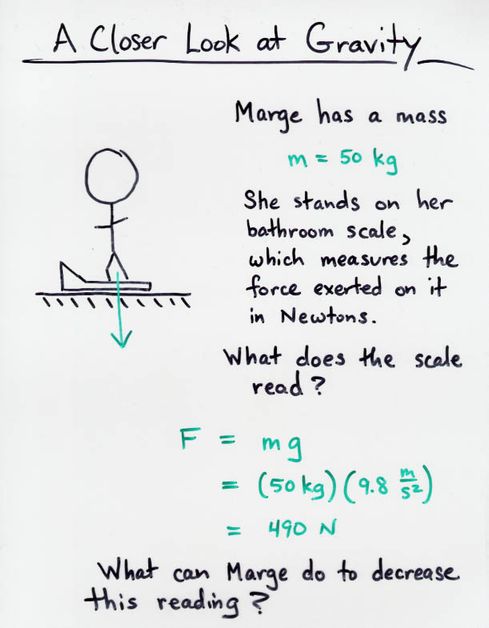 Viewgraph 1
Viewgraph 1
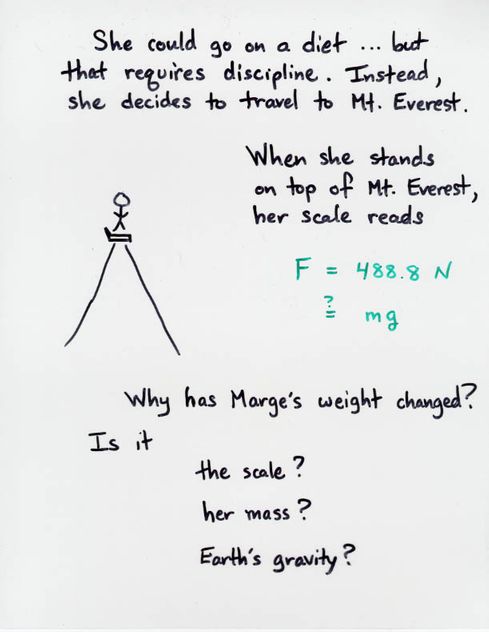 Viewgraph 2
Viewgraph 2
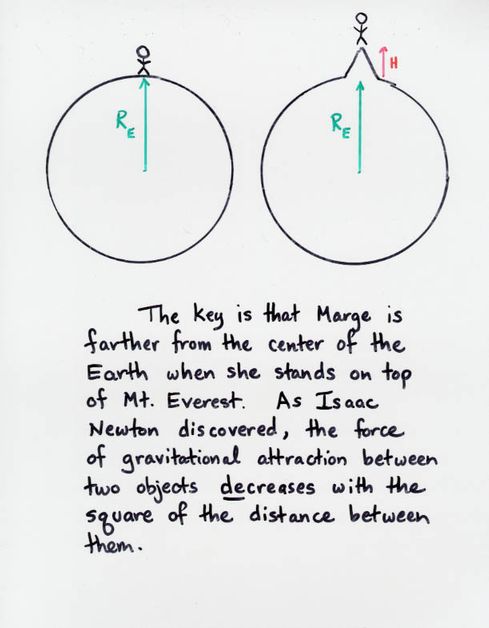 Viewgraph 3
Viewgraph 3
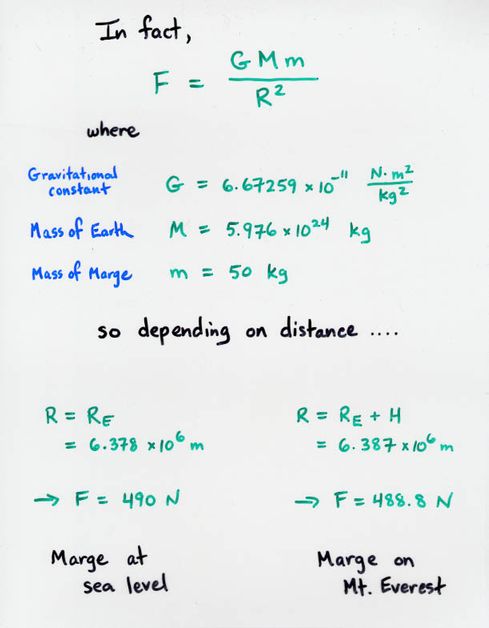 Viewgraph 4
Viewgraph 4
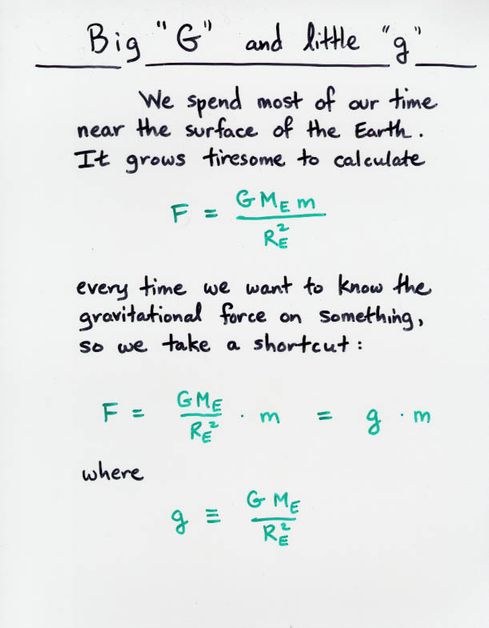 Viewgraph 5
Viewgraph 5
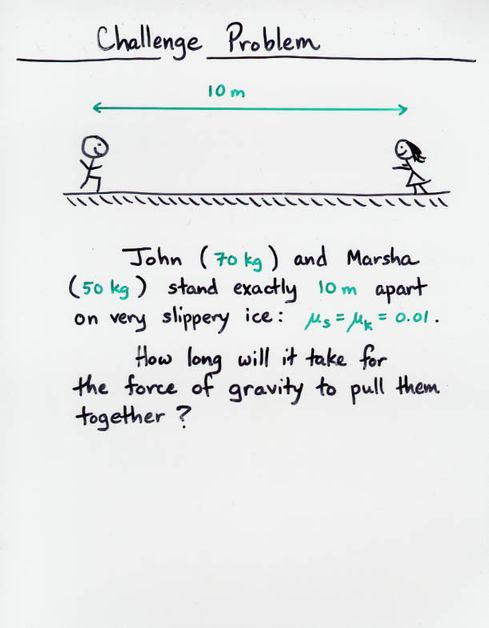 Viewgraph 6
Viewgraph 6
 Copyright © Michael Richmond.
This work is licensed under a Creative Commons License.
Copyright © Michael Richmond.
This work is licensed under a Creative Commons License.
F = m * g downwards
m1 * m2
F = G * ---------
R^2
where
G = 6.67 x 10^(-11) N * (kg^2) / (m^2)
m1 = mass of first object, in kg
m2 = mass of second object, in kg
R = distance between objects, in m
Viewgraphs
 Viewgraph 1
Viewgraph 1
 Viewgraph 2
Viewgraph 2
 Viewgraph 3
Viewgraph 3
 Viewgraph 4
Viewgraph 4
 Viewgraph 5
Viewgraph 5
 Viewgraph 6
Viewgraph 6
Despite the tiny size of the gravitational force between two ordinary objects, it is possible to measure this force, even with low-tech equipment. Take a look at this experiment, which shows motions due to the gravitational force between chunks of metal and rocks.
This material comes from experiments by John Walker. You can find his descriptions of gravitational experiments at http://www.fourmilab.ch/gravitation/foobar/
 Copyright © Michael Richmond.
This work is licensed under a Creative Commons License.
Copyright © Michael Richmond.
This work is licensed under a Creative Commons License.